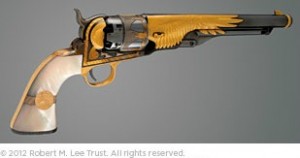I traveled down to Philadelphia this weekend to see Van Gogh Up Close at the Philadelphia Museum of Art, and — first things first — I loved it. The exhibit gives us many unfamiliar pictures, borrowed from far-flung collections, public and private, in Europe. Better yet, it does really illustrate an aspect of van Gogh’s work that has gone little remarked. I looked at van Gogh’s work with different eyes.
 When I came back I read the reviews again. While generally complimentary, at least two (here and here)  complain that the curators padded the show — adding Japanese prints, photographs and earlier art that inspired van Gogh. I found this surprising — in part, because all three sections were off the main galleries, two in alcoves and one at the end, almost in a hallway. They didn’t detract from the main event. I skipped the Japanese section almost completely, having familiarity with that influence on van Gogh, and breezed the other two quickly.
When I came back I read the reviews again. While generally complimentary, at least two (here and here)  complain that the curators padded the show — adding Japanese prints, photographs and earlier art that inspired van Gogh. I found this surprising — in part, because all three sections were off the main galleries, two in alcoves and one at the end, almost in a hallway. They didn’t detract from the main event. I skipped the Japanese section almost completely, having familiarity with that influence on van Gogh, and breezed the other two quickly.
Yet I watched as many visitors — and there were many visitors — slowly looked at each piece. Yes, many were following the people in front of them as if they were in a parade. But judging by how intensely they looked, I guessed that these visitors were not so familiar with the Japanese or “other artists” influenced, and found the photographs interesting no matter the slight connection.
I’m all for sharper art criticism, but those above aren’t what I had in mind. Like movie critics writing for each other, sometimes art critics forget who they should be writing for, too.
They both remind me of a time, not so long ago, when I was working at The New York Times and the paper was fat with sections and fat with ads. People would complain to me that it was too much, they couldn’t read it all. I wasn’t the only one hearing those complaints. I have a black NYT coffee mug, which I took down from a top cupboard shelf and began using the other day. It says, “The New York Times — READ WHAT YOU LIKE.”Â
Photo Credit: The Garden in Auvers






